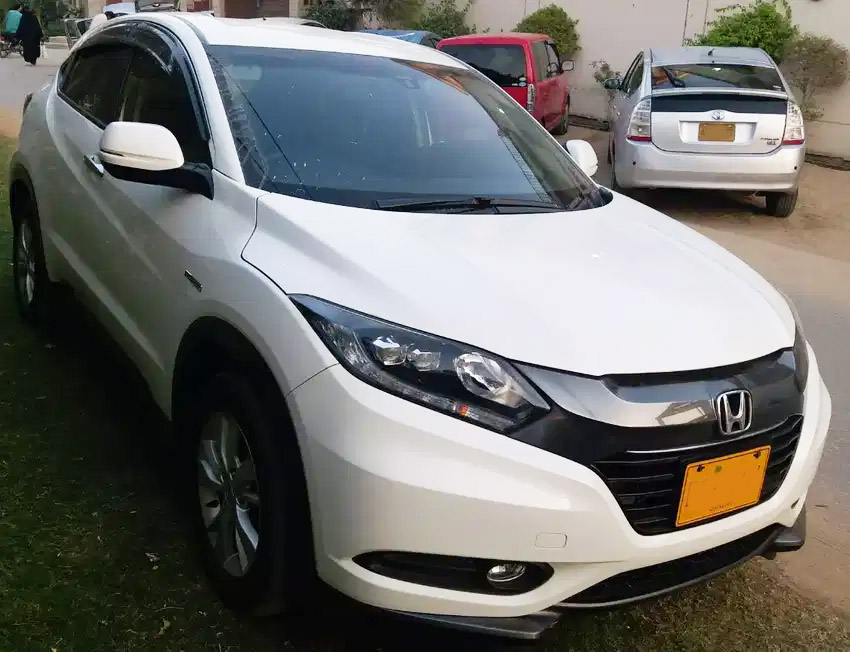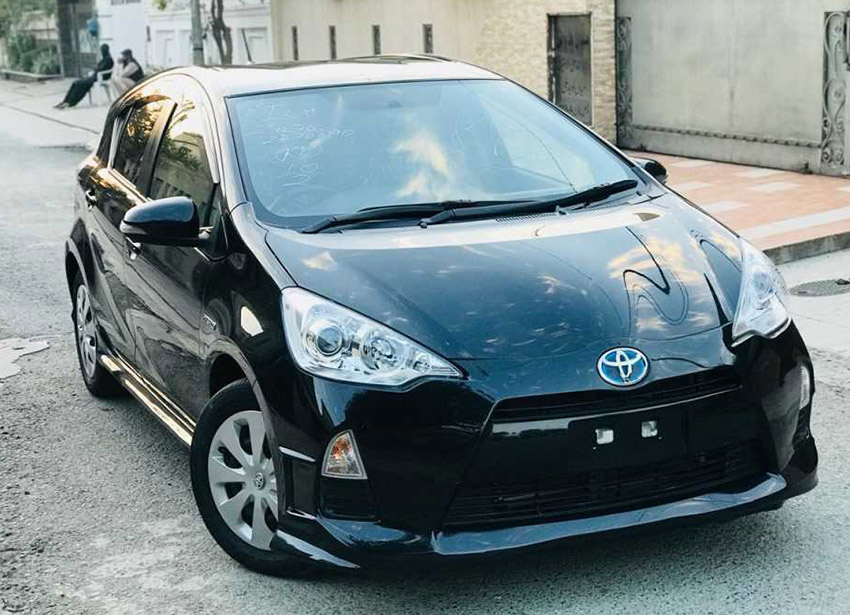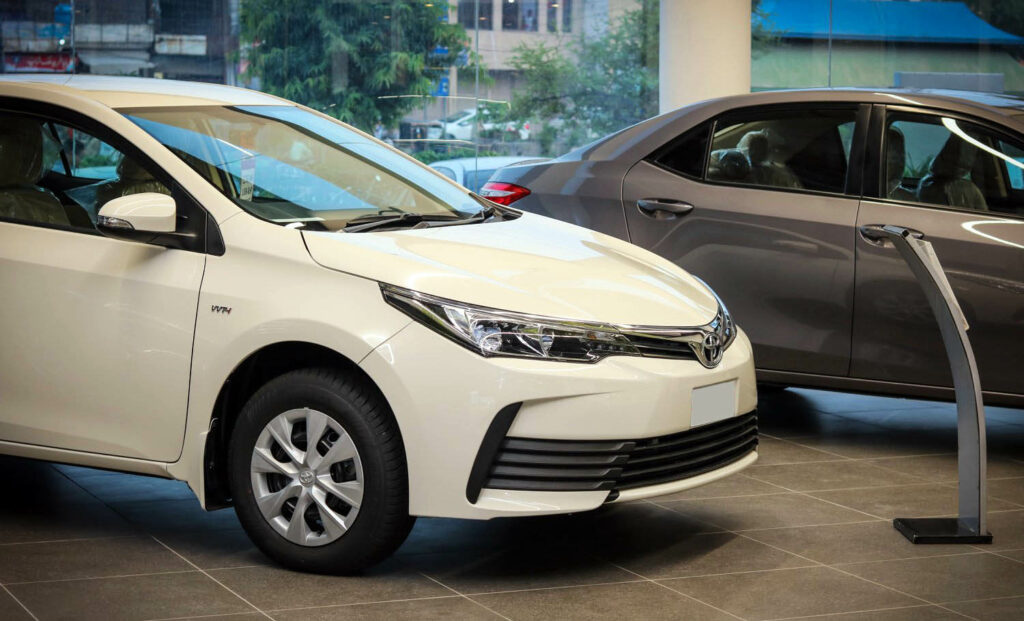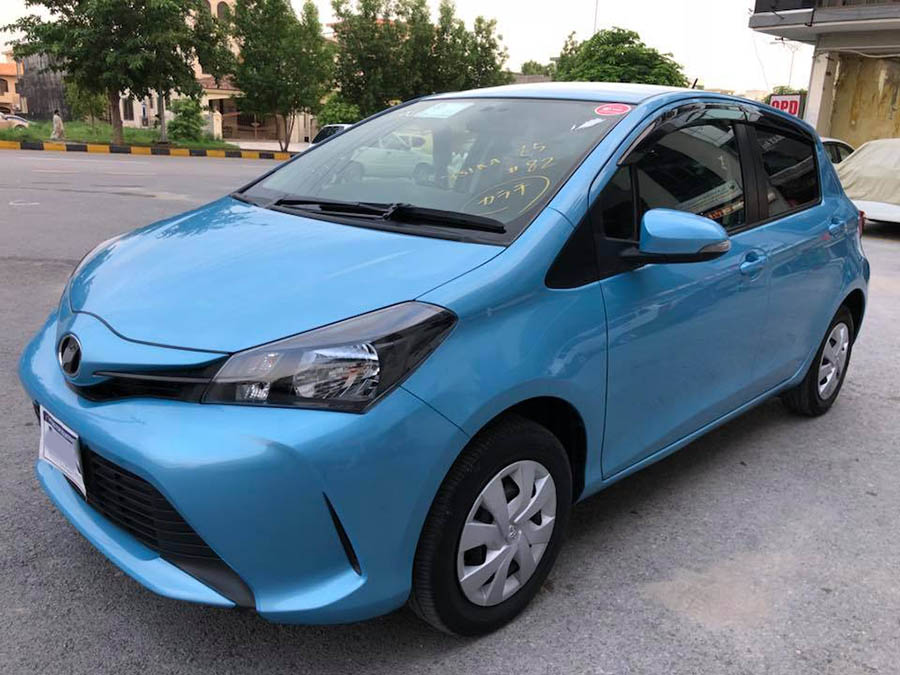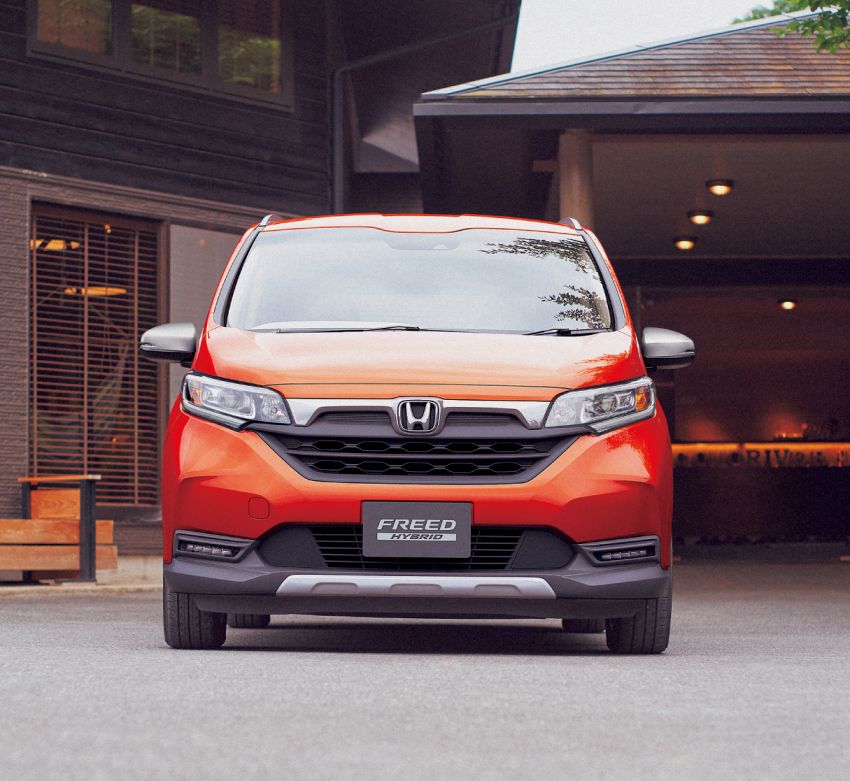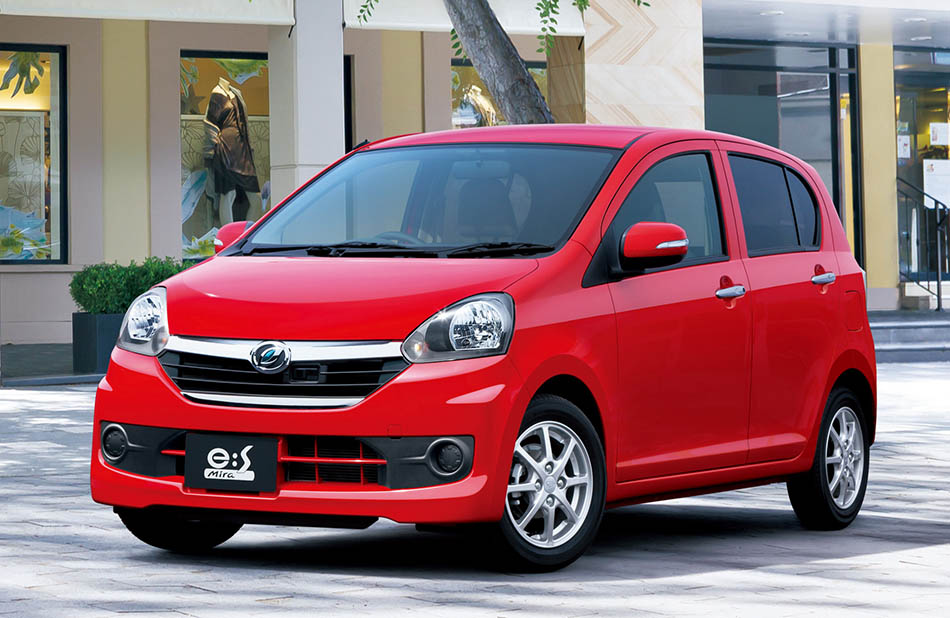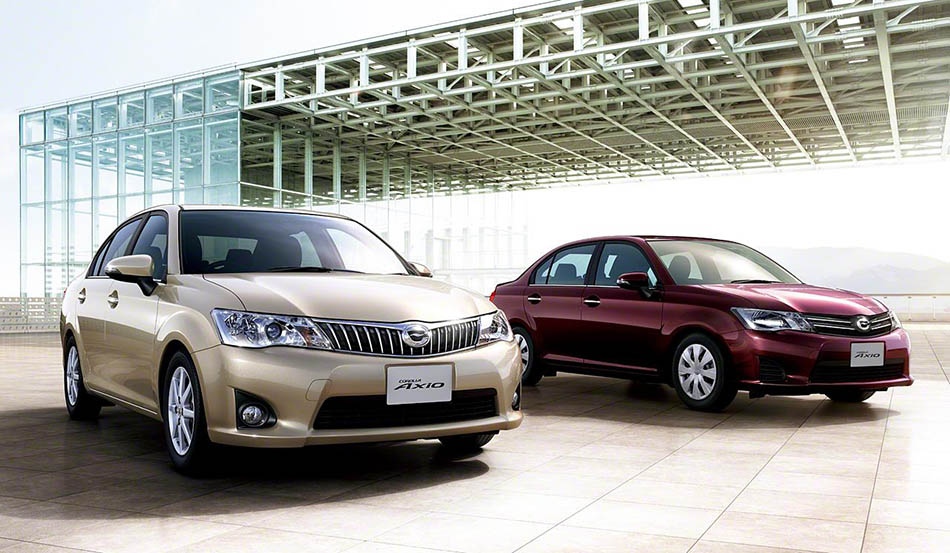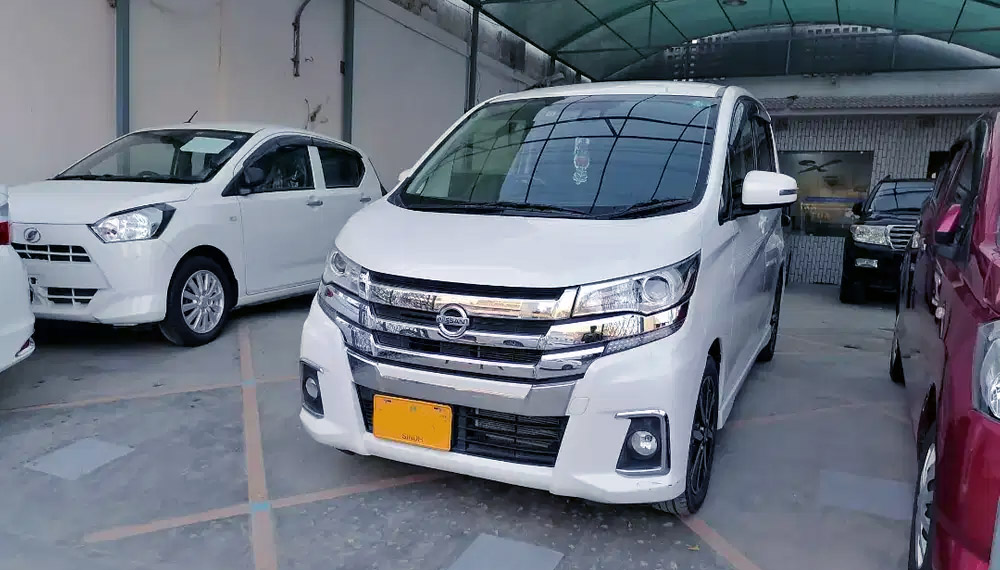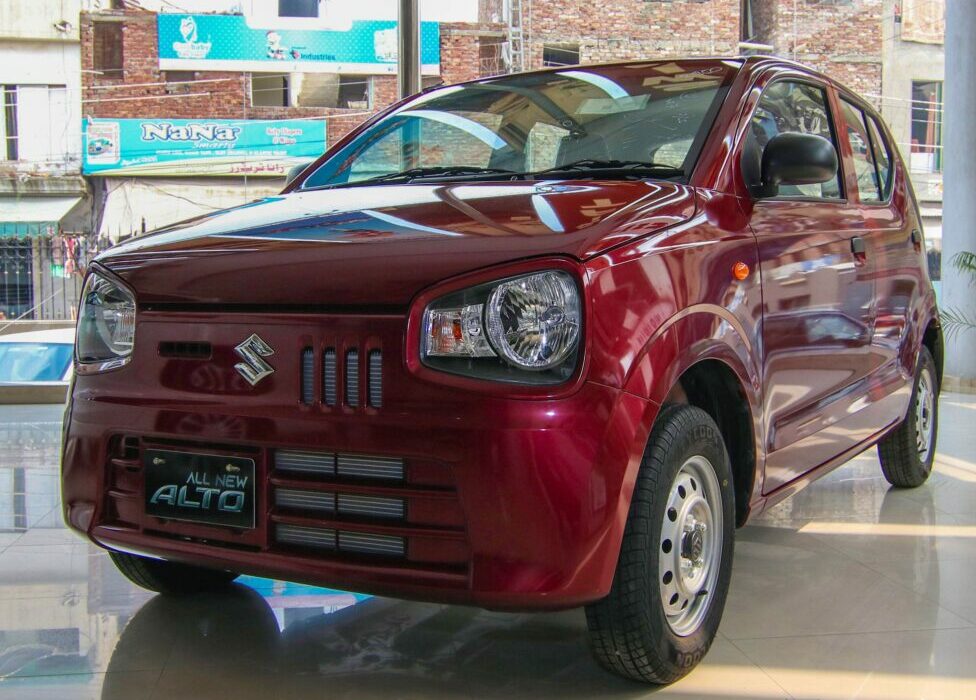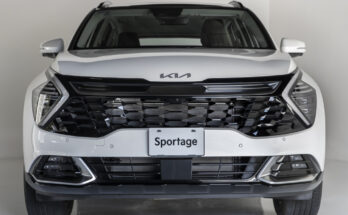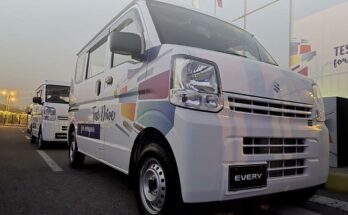JDM cars are an interesting subject in our automobile market. They have a good number of supporters & equally those who oppose their presence in the country. Although used Japanese cars were available in Pakistan even before the Big-3 stepped into the picture in the early 90s, however, their presence was felt to a much greater extent during the Musharraf era, and since then even though the subsequent governments have tightened the import regulations and last year put a curb on it too, JDMs and even a hint of their comeback remains a nightmare for local industry.
Various proposals to ease used imports
Recently All Pakistan Motor Dealer Association (APMDA) has proposed the government to consider in addition to the existing TR, Gift and Baggage schemes for overseas Pakistanis, commercial import of used cars to be allowed which among other things would be in line with the Government’s policy of documentation of the economy and expansion of the tax net thereby generating 100% more revenue for the government.
Related: Should Government Allow Importing Used JDMs
Then the International Association of Automobiles Importers & Exporters (IAAI&E) submitted their proposal to the government encouraging it to allow restrictive import of used vehicles that will bring healthy foreign exchange to the country by using banking channels to stop Hundi/ Hawala. The proposal also asks the government to allow them to establish with their own money Special Economic Zones (SEZ) in the different parts of the country which will:
- Promote business activities in the country
- Export vehicles after reconditioning here
- Revenue generation in billions of rupees
- Establish parts manufacturing factories to export parts
- 100,000 direct jobs to be generated that will be a great income booster and will benefit millions of households
- USD 4.0 Billion Dubai used cars re-export business will be shift here
The resistance
On the other hand, local auto assemblers have expressed serious concerns regarding the proposal for relaxation on the import of used cars. In a letter sent to the Minister of Industries and Production (MoIP), the Pakistan Automotive Manufacturers Association (PAMA) has expressed concerns regarding news that the government is considering relaxing the import policy for used cars arguing that the move will harm the local auto industry, will dent the confidence of new investors and may jeopardize existing and further investment in the country.
Consumers suffer
Ironically the restrictions on used imports have left the buyers with a lack of options and on the mercy of overpriced under-equipped often globally retired vehicles with compromise over quality, safety & equipment, delayed deliveries, and on top of everything bearing with the menace of own/ premium.
Imported used cars keep the prices of new cars in check
It is largely being argued that used JDM cars actually keep the local assemblers under check. As evident from the fact that ever since this government curbed the import of used JDMs, car prices in Pakistan were revised more frequently than ever; leaving consumers with no choice but to go for locally assembled cars. Furthermore, the increase in prices has always been quite sizeable which is never justified since there is literally no improvement in locally assembled cars in terms of technical specs, safety, or equipment on offer.
Locally assembled cars fail to cater to demands
According to sources, prior to import restrictions, almost one million vehicles were sold in the market annually in which local assemblers supply about 250,000 vehicles, and about 70,000 were used imports. The rest of the public is dependent on buying five to 20-year-old used cars from the market.
Related: Are Local Assembled Cars Only Expensive?
According to data, out of these 70,000 cars, 90% of cars were those with 1000cc or below engine displacement. This also goes to show that the current range of locally assembled cars doesn’t meet the customer demand because of which the volumes are low. For example, there is a huge demand for small hatchbacks in the market but Honda and Toyota never seemed interested in introducing anything in this segment even when they have quality options offered in other regional markets. Products are not offered according to the purchasing power, and the local industry including new entrants is happy to launch super expensive vehicles in the toughest of economic times and then there is a hue & cry that sales are on a decline.
Why are used Japanese cars so popular?
Used JDM (Japanese Domestic Models) cars dominate our car imports. You will often come across all sorts of different vehicles and small kei cars running on our roads. Cars in Japan actually require undergoing a very thorough technical inspection after five years of operation on Japanese roads. This inspection requires so much attention and service that many people sell their cars before achieving that age.
Related: Understanding JDM, Imported & Local Assembled Cars
This rigorous annual vehicle inspection requires that vehicles operate in basically “as-new” condition and be virtually free of corrosion. Most vehicles, which are otherwise in excellent shape, will develop minor surface rust on structural or suspension components within a few years of production, or their plastic and/or rubber components will degrade. These problems, while fixable, can pile up and become extremely expensive to fix. At that point, most owners will trade their car in for a new model and the older model will be exported to a country with a less vigorous vehicle inspection– like Pakistan.
Modern, Safer, and Better Equipped
Secondly, in the case of JDMs, you get a very well-equipped vehicle as it was designed to be sold in a market where safety, quality, and equipment on offer are considered a primary ingredient. You will find loads of safety features & rich equipment in small Japanese kei cars which remain absent in expensive sedans assembled in our country. Plus the built quality is phenomenal, there is simply no comparison between the vehicles produced in Japan versus those assembled locally.
What are Kei cars?
Among the used JDM imports, kei-jidousya or simply kei cars remain quite popular. It is the vehicle category for the smallest highway-legal passenger cars in Japan and is entitled to certain incentives. Furthermore, Kei cars are regulated in several ways that normal cars are not, such as:
- External dimensions must be shorter than 3.4m with a maximum height of 2m and a maximum width of 1.48m
- Engine size is limited to 600cc
- Engine power is limited to 63hp
Related: Dealers Demand Allowing Import of 660cc Used Cars
Most of the cities in Japan are already congested and they have narrower streets and scarce parking spaces too. So Kei cars were developed to resolve these problems. They have smaller engines, are fuel efficient, are usually equipped with automatic transmissions, and with their small size are easier to maneuver in cramped traffic– something that fulfills the needs of Pakistani drivers while most locally available cars fail to cater to this problem.
Instant deliveries, No premium!
Another key advantage of buying a used imported car is the delivery period, which in the case of locally assembled cars can go as long as 7 months. On top of that paying an extra amount which is commonly known as Own/ Premium adds to the dilemma of buying a locally assembled car. Going for an imported car means you can get your vehicle in a much quicker time while there is no need to pay a premium.
Help us understand where the world is headed
It is the blessing of these used imports that we get to know where the world has reached today and where we stand. You will find loads of safety features & rich equipment in small Japanese kei cars which remain absent in expensive sedans assembled in our country. Plus the built quality of JDMs is phenomenal; there is simply no comparison between the vehicles produced in Japan versus those assembled locally.
More fuel efficiency, less burden on the country’s fuel import bill
Furthermore, fuel-saving technologies including hybrids, eco-idling, regenerative braking, engine start/ stop function, etc are far from being offered with locally assembled vehicles. Due to this, locally assembled cars which are largely based on obsolete technology consume a lot more fuel compared to any modern-day vehicle (such as JDMs).
Genuine 4+ grade vehicles are much better than brand-new local ones
Yes, the import of accidental JDMs is a menace that needs to be curbed, but anyone having experience using JDMs will endorse that 4+ grade vehicles with genuine auction sheets are much better to have than locally assembled brand-new cars. And it is this very fact that even 10-year-old used cars are considered a threat to locally assembled cars due to all the above-mentioned reasons.
Related: Are Used Imports A Blessing?
Although we do believe there is no alternative to a flourishing local industry, but sadly the way how the local assemblers operate, the JDM cars seem to be the need of the day. The government should allow transparent import of these cars to avoid fraudsters importing accidental cars, auction sheets should be made available online and a dedicated government body should oversee the genuine import procedures of these cars to ensure that the schemes aren’t misused.
Related: Local Assembled vs JDM- Which One You’ll Buy?
Perhaps the presence of JDMs in the market will bring down the prices of locally available cars to a somewhat realistic level and the assemblers might face some sort of competition which will eventually give them motivation to improve their game. What is your opinion regarding allowing the import of used JDMs in Pakistan? Let us know with your comments.

A computer animation professional with over 23 years of industry experience having served in leading organizations, TV channels & production facilities in Pakistan. An avid car enthusiast and petrolhead with an affection to deliver quality content to help shape opinions. Formerly written for PakWheels as well as major publications including Dawn. Founder of CarSpiritPK.com

